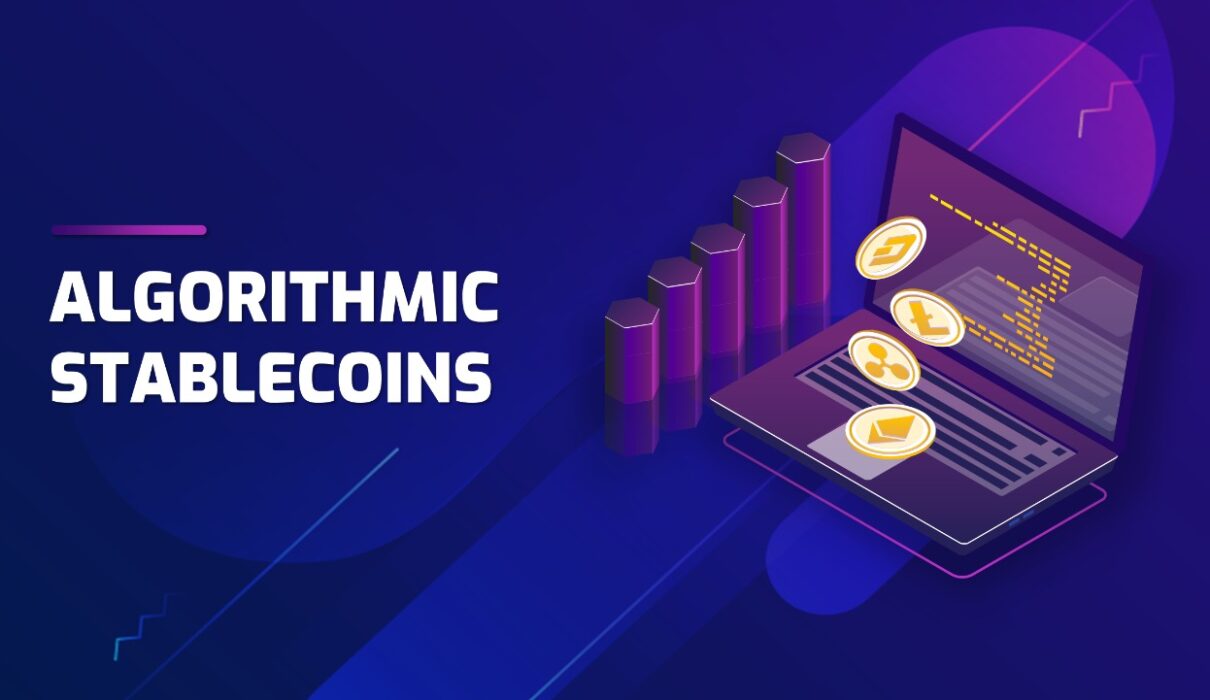Algorithmic Stablecoins: A New Frontier in Tokenomics
You might already be familiar with stablecoins backed by traditional fiat currency (like USDT or USDC, which aim to hold $1 per $1 in a bank account) or crypto-backed stablecoins (like DAI, which uses other cryptocurrencies as collateral).
But algorithmic stablecoins? They’re a different beast entirely.
What Are Algorithmic Stablecoins?
Algorithmic stablecoins keep their value at $1 not by holding reserves, but by using math, algorithms, and smart contracts to automatically adjust the coin supply.
Think of it as a central bank running on code:
-
When the price rises above $1 → more coins are created.
-
When the price falls below $1 → coins are destroyed.
The goal is to self-correct and maintain stable value without relying on traditional reserves.
How Do Algorithmic Stablecoins Keep Price Stable? (Elastic Supply Model)
Most algorithmic stablecoins use supply adjustments and arbitrage incentives to maintain their $1 peg. Here’s how:
1. When Price Goes Above $1 (High Demand)
-
Suppose the stablecoin trades at $1.02 → demand exceeds supply.
-
The system detects the difference and creates new stablecoins.
-
These coins are often created in exchange for a related token, such as a governance token.
-
Traders exploit the difference: they buy the related token, create new stablecoins, and sell at $1.02.
-
This increases supply, lowering the price back toward $1.
2. When Price Falls Below $1 (Low Demand)
-
If the price drops to $0.98 → supply exceeds demand.
-
The algorithm shrinks the supply by incentivizing users to destroy stablecoins.
-
Users exchange their stablecoins for the related token or future stablecoin promises (like bonds).
-
Traders profit by buying undervalued coins, destroying them, and collecting the reward.
-
This reduces supply, pushing the price back up toward $1.
The Tricky Balance of Algorithmic Stablecoins
While the system sounds automated, maintaining stable value is challenging. Success depends on:
-
Steady Demand: Arbitrage and destruction incentives require consistent user activity.
-
Market Trust: Confidence in the algorithm is crucial. Loss of trust can cause permanent price detachment.
-
Constant Interaction: Users must continuously create and destroy coins. Without activity, the peg can fail.
Key Takeaways for Crypto Investors
-
Algorithmic stablecoins offer collateral-free stability and decentralization.
-
They rely heavily on game theory, code, and user participation.
-
Understanding risks like supply imbalance and market distrust is essential before investing.
-
They represent an innovative frontier in tokenomics and DeFi but require careful analysis.

